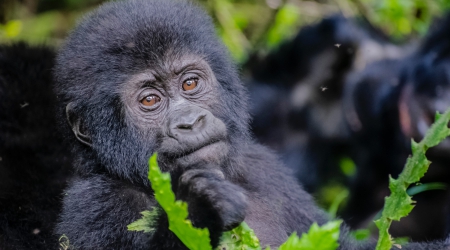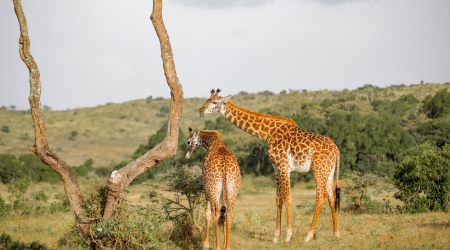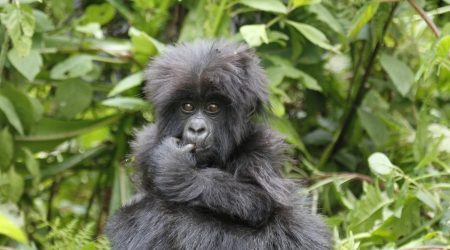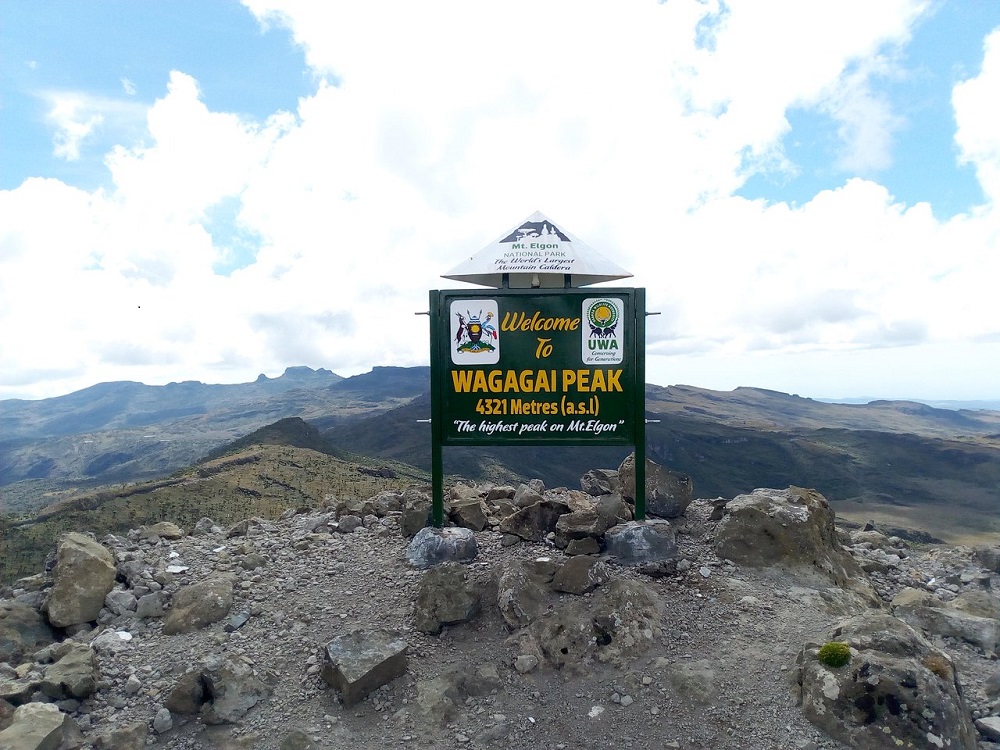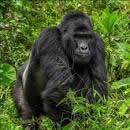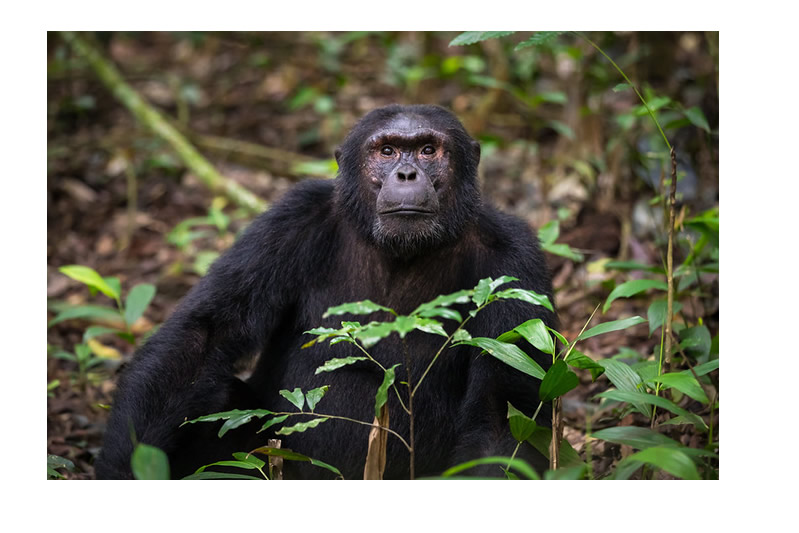Mabamba wetland is located in the Entebbe area just a few kilometers from Entebbe town. It is accessed by a use of a boat canoe since it’s a wetland. Uganda is blessed with various nature and this can be experienced when you visit the Mabamba wetland and a swamp. Many birders who wish to take their enthusiasts to the next level should with no hesitation choose Uganda for its various underlying birding species with more than 1000 bird species including endemic birds, migratory birds, occasional birds, and many others.
Mabamba wetland is situated in a suitable area located close to Entebbe and Kampala cities which allows bird-watchers to view the variety of birds Uganda has without the need to visit the remote national parks of Uganda. This area is one of the best birding spots to include in Uganda birding safaris for its sheer density of bird species which is truly amazing.
The Mabamba swamp is among the vast swamps found in Lake Victoria with the main economic activity of people living in the nearby communities being fishing. Birding takes place in this area due to its variety of birds collection with over 250 species. This is taken as the main tourist attraction in this area and Entebbe town. However, this made Mabamba Wetland to be named a Ramsar site of international importance due to its attractive and rare birds which include the shoebill, blue swallow, and papyrus-yellow warbler. Those interested in birding safaris in Uganda should include this swamp as the starting point before proceeding to other birding destinations like Murchison Falls, Semuliki national park, and others.
Shoebill stork and birding in Mabamba Wetland
The shoebill stork is the most sought bird in Uganda locally known as “Bbulwe” where it got its name due to its huge shoe-shaped beek. It has a mysterious physical appearance with a striking feature of a massive, uneven, large yellow-colored bill. The shoebill is taken to be a shy, and ugly bird but regardless people think, most birders find it very fascinating and many tourists including bird watchers flock to Uganda to see this bird.
They are mostly found in the swamps and here in Uganda, we have about 1000 shoebills that can be sighted in various tourist destinations like Murchison Falls, Semuliki national park, Ziwa rhino sanctuary, Mabamba Swamp, and many other places. The shoebill stork consumes lungfish as its favorite food but also eats snails, lizards, small birds, frogs, snakes, and small rodents.
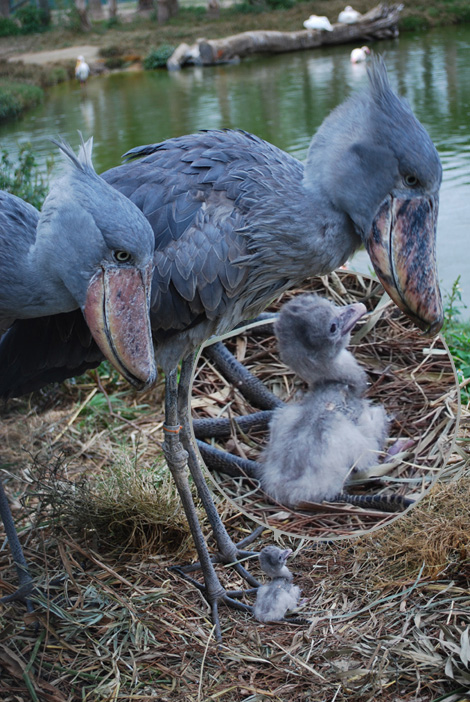
Another interesting fact about the shoebill stork is being a solitary bird. One stays alone and the other one meets only in breeding time and this normally occurs during the dry season. A female shoebill lays eggs between 1-3 eggs and both a male and a female share the incubation process until the eggs are hatched.
Both male and female shoebills are responsible for the young ones’ development, where they are both tasked with feeding them until they can go and look for food on their own. Surprisingly, of all the hatched chicks, there is a probability of one chick surviving to maturity/adulthood and it takes about 3-4 years for it to start breeding. The adult shoebill stork can live about 50 years and weigh about 6-7 kgs.
A shoebill stork in the Mabamba swamp can be seen all year round, but it’s not the only bird to be spotted in the wetland. There are other bird species to see in this area including the four threatened birds such as the blue swallow, white-winged warbler, papyrus Gonolek, and pallid Harrier. Other bird species to meet in this swamp include Tawny-flanked Prinia, Tawny Eagle, Tambourine Dove, Swamp Flycatcher, Stripped Kingfisher, Squacco heron, Spur-winged, Spur-winged Lapwing, Spur-winged Geese, Speckled Mousebird, Slender-billed Weaver, Slender-billed Gull, Shining Blue Kingfisher, Sand Martin, Sand Martin, Saddle-billed Stork, Ruppell’s Long-tailed Sterling, Rufous-napped Lark, Rufous-bellied Herons, Ross’ Turaco, Red-shouldered Cuckoo Shrike, Red-headed Love-bird, Red-eyed Dove, Red-chested Cuckoo, Red-billed Fire-finch, Pygmy Geese, Orange Weaver, Olivaceous Warbler, Nothern Brown-throated Weather, Mosque Swallow, Marsh Harrier, Malachite Kingfisher, Long-toed Lapwings, Long-tailed Cormorant, Long-Crested Eagle, Long-toed lapwing plover, Little Stilt, Little Egret, Little bee-eater, Levaillant’s Cuckoo, Lesser Jacana, Intermediate Egret, Harmerkop, Hadada Ibis, Gull-billed Terns, among others.
Birding tours in the Mabamba swamp can be arranged throughout the year. These include half-day tours which last about 4 hours and full-day birding activities can also be planned. you can book a 1-day tour to Mabamba and enjoy a birding experience with the shoebill. Birding in Uganda is most favorable in the month of September and stretching to March, during this period, a lot of birds including the migratory birds from Europe are spotted. Bird watchers for the thrilling experience are advised to carry binoculars, sunscreen, a hat, a jacket, and food (in case you spend the entire day). It is always important to book your birding safari in Uganda prior to the day for proper arrangements. In Uganda, the cost of birding safaris differs in terms of birding destinations, in Mabamba Swamp the tour cost $400 for each person.
How to access the Mabamba Wetland swamp
The swamp can be accessed from Entebbe town. The easiest way to reach there is by taking a boat sailing through Lake Victoria. Using this route is much easier and more adventurous while viewing the splendid beauty of the lake and the surrounding islands. Here you will take about 1 hour to reach the swamp. However, after reaching here, you will leave your big boat and use the small canoes which can penetrate through the marshes. Expect to find fishermen who will escort you deep into the swamp as you spot your favorite birds, these fishermen are well conversant with the birds in this place and they can guide you through to the shoebill stork the rare bird in Uganda that can be found in few birding places in Uganda.
The best time to spot a shoebill is the morning hours when they have gone out looking for food. Taking pictures is possible in this area as birds prefer standing still on the papyruses and even floating on water while stirring for small fish to catch.







